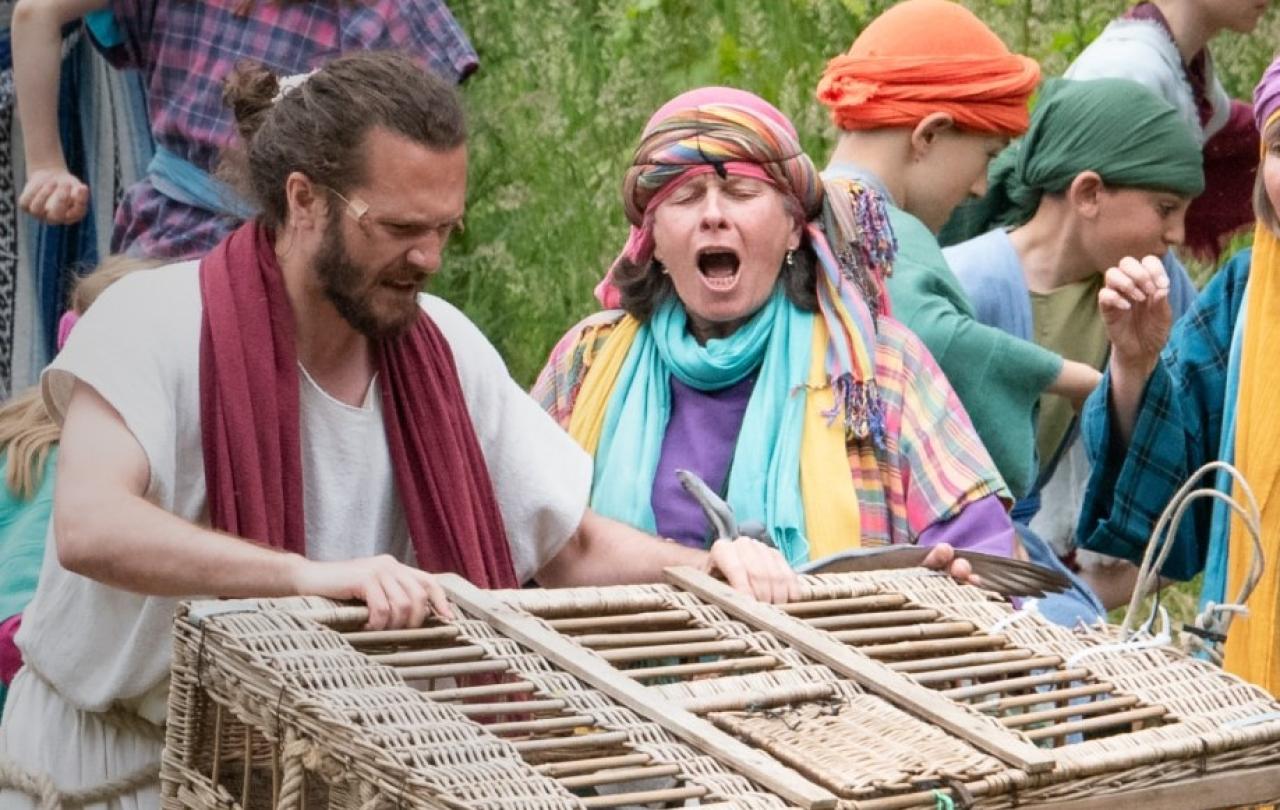
The horrors of recent weeks have bought a disturbing reality to the surface: human dignity, the unearned and basic worth of all people, is up for negotiation. As I write these words, a dire conflict rumbles on in Israel and Gaza; the latest horrifying flashpoint in an intractable and brutal conflict. A cacophony of voices in the West are espousing histories, interpretations and solutions. Many of them reveal an implicit sense that only certain lives have an inherent dignity.
Some praised Hamas’ brutal attack as a just act of decolonisation. The lives lost were not to be mourned, because, in their words, these Israelis were fair game for violence because they are colonisers. They asked for it. They have given up their right to the preservation of life. Implicitly, these voices suggest that human dignity is conditional; their actions have taken away their inherent value.
Just as troubling is the apathy as thousands of Palestinian men, women, and children in Gaza are slain in their homes. Many of our leaders are silent about this unimaginable loss of life, as if it does not represent a tragedy, and as if they are just the collateral damage of war. The implicit message is that human dignity has preconditions, that only certain kinds of people get to have it in the first place, and that these particular Palestinians do not.
Why should our rational autonomy or other capacities mean that we have an unearned worth?
It is, in some ways, unsurprising that human dignity is up for negotiation in this way. Secular discussions of human dignity often ground it in the human person.
In the philosophical tradition, following Kant, many consider our inherent dignity to be grounded in our capacity to make choices, be autonomous, and exercise reason. In other words, the capabilities which separate us from animals give us all an unearned worth or status.
Others will point to our sentience, our capacity for creativity, empathy and caring relationships, or our membership of the human species. Hence, our inherent dignity is grounded in something that we do or possess, over and above the rest of creation. The problem with this grounding is that it can, at times, seem arbitrary. Why should our rational autonomy or other capacities mean that we have an unearned worth? It is little surprise that dignity is so often overlooked in practice.
To respect this dignity, we must allow each person to live out this gift. Each person must be allowed to be free to think and act, without having their life violated or cut short.
In contrast, Christians root the dignity of every human person in something altogether outside of them: the unbreakable love of God. It is a cornerstone of Christian belief that God loves every person who has ever lived and will ever live, regardless of what we have done or will do. “Nothing can separate us from the love of God”, as St Paul put it. God’s love for us is so profound that he became human and died for our sins so that we might be reconciled to Him.
Central also, is the belief that God is omniscient, he knows everything that can ever be known, and he does not make errors of judgement. For Him to love us without any conditions of who we are or what we do, is to affirm that we are all inherently worthy of love.
Our inherent dignity, is, therefore, grounded in something far more fundamental than something we do. It is rooted in the love of the creator of the whole universe. If we believe in the Christian God, therefore, we also accept the supreme value of every person.
God’s gift to all of us expands on this picture. Genesis, the first book of the Bible, tells us that God made all humans in His image. In this, God gives us the gift of reflecting his goodness and love here on this earth. He has granted us the capacity to use our minds to think about God and abstract things, to live lives marked by His love, joy, peace, justice, and courage. He calls us to use these capacities to nurture and care for creation just as He does. Since God is infinitely valuable; those made in His image are too. Hence, this gift gives us an inherent dignity. To respect this dignity, we must allow each person to live out this gift. Each person must be allowed to be free to think and act, without having their life violated or cut short. Crucially, this gift is unconditional. No matter what we do, we can always turn back to God and accept his gift of reflecting His goodness. There are no preconditions for who God gives it to. He freely offers this gift to all.
Returning to Western responses to Israel-Gaza, we see that the Christian vision of human dignity does not countenance celebration of or apathy toward this loss of life. Some people saw Israeli deaths as unworthy of grief because they believe their actions forfeit their right to life. They implicitly see human dignity as conditional. In contrast, Christians believe our inherent value is unconditional, God will never cease to love us and will never take away our ability to reflect His goodness. Indeed, the death of Palestinians has been met with apathy and silence by many in the West, much as human tragedies in the Middle East often are. Implicit to this response is the sense that human dignity has preconditions, it is only extended to certain groups, those who live similar lives to us. The Christian vision objects here. God’s gift has no preconditions, it is freely offered to all. All possess an inherent dignity. This is not to pre-judge the complex questions of how to deal with the heart of the Israel / Palestine conflict, but it is to say that as we do so, the value and dignity of every human life must be paramount in the decisions taken In the midst of this darkness the Christian message offers hope: every death is a tragic loss beyond all imagination and measure because all are infinitely valuable in God’s sight.





